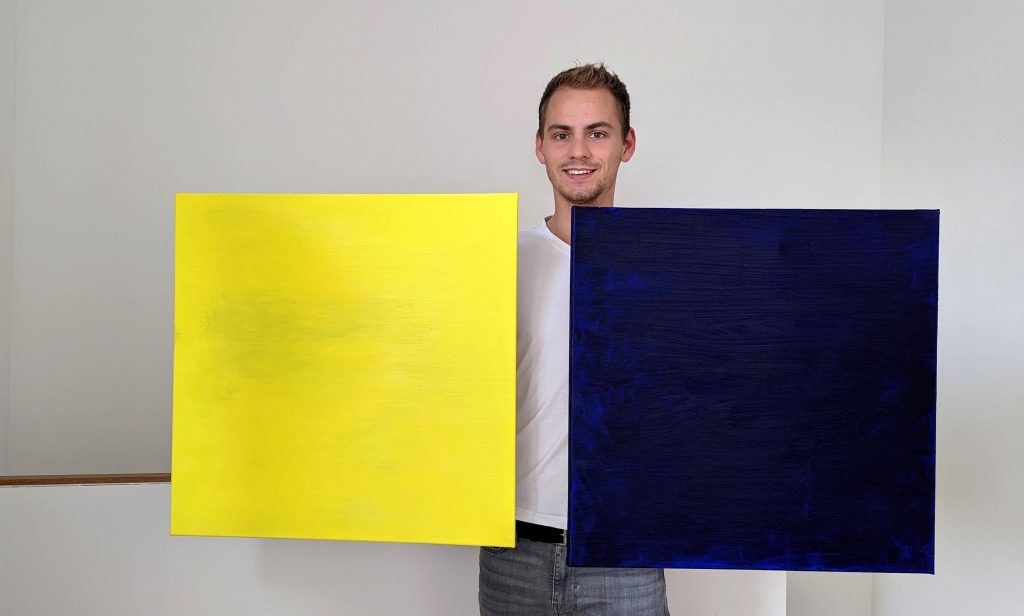
On Single-Color Paintings and Aphorisms
Single-color paintings (aka. monochrome paintings) are painted using just one color. For example, a painting called IKB 92 by the French painter Yves Klein is painted entirely using a specific blue shade (HEX code #002FA7). The very color itself (!) is even named after the painter and now referred to as International Klein Blue. The featured image of this post (at the top) illustrates it.
Monochrome paintings are hard to make sense of. After observing one for several seconds one might exclaim “It’s ridiculous that this painting sells for X million dollars! I could have painted it myself”. It is indeed a rather extreme form of art which has, in fact, only become popular during the past century. It might be tempting to just dismiss it and move on.
Aphorisms are short, concise, memorable wisdoms. Here is an example: “Give a man a fish and you feed him for a day; teach a man to fish and you feed him for a lifetime.” It seems to be a pellucid argument for fighting causes not symptoms. At least that’s one possible interpretation. Taken literally, the aphorism is flawed: A person cannot survive off of fish alone. The person might lose the ability to fish over the course of their life. The point is, the sentence in its pure form has little value; however, its interpretation may have some.
In the case of the fish aphorism it was rather easy to arrive at a meaningful interpretation. What about more primitive ones? “A barking dog never bites”? Taken literally, it’s just wrong. Or “A penny saved is a penny earned”? Yes, that’s true. Now what? These two examples are harder to interpret.
So how are monochrome paintings like aphorisms? For both, the beauty and richness lies in the observer’s ability to interpret them, relate to them, and develop a train of thought. For a monochrome painting, that is arguably more painstaking, yet surely doable. It does not matter what the painter’s original cogitations were. The ability to get inspired and develop emotional, positive, perhaps even constructive thoughts while observing something as plain as a single color: that is the cognitive achievement. Appreciating (even simple) aphorisms can serve as a stepping stone towards feeling mentally stimulated by monochrome paintings. I believe one can learn that!
“Painting is poetry that is seen rather than felt, and poetry is painting that is felt rather than seen” – Leonardo da Vinci
A monochrome painting might correspond to a single word. It’s a tiny seed for thoughts, providing maximum freedom to the observer/reader to mentally let it grow with creativity. A wonderful cognitive ability. Boundlessness.
